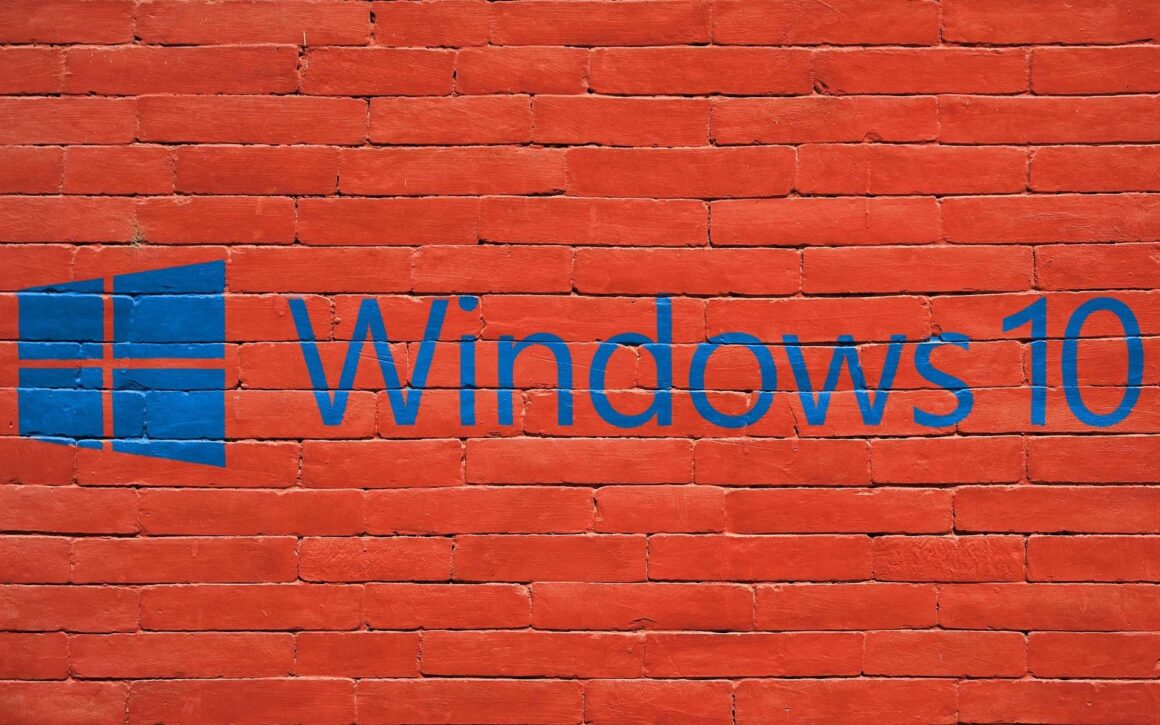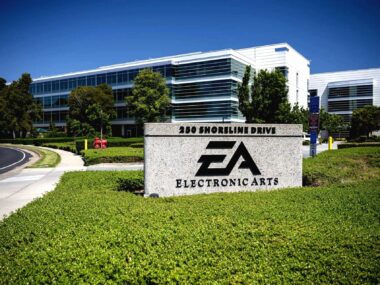The Clock Is Ticking
PC gamers who still run Windows 10 are scrambling. Microsoft has made it clear that support for the operating system ends on October 14, 2025. That cutoff means no security updates or patches to protect against new vulnerabilities.
Microsoft isn’t offering any compromises either. The closest thing is the Windows 10 Extended Security Updates (ESU) program. If you live in the European Economic Area, you’ll get one extra year of updates for free. Everywhere else, you’ll need to spend around $30 USD, back up your PC, or redeem 1,000 Microsoft Rewards points. Even if you do join the program, you’re only delaying the inevitable.
Why Gamers Won’t Let Go of Windows 10
The news has been especially upsetting for gamers, many of whom feel Windows 10 is the most stable option for high-performance play. According to recent numbers, roughly 32% of Steam users and 40% of PCs worldwide are still on Windows 10.
Gamers stick with Windows 10 for good reasons:
- Stability and performance. After years of patches and refinements, Windows 10 feels optimized and reliable. Many players trust it more during long, demanding sessions.
- Hardware compatibility. Windows 11 requires TPM 2.0, Secure Boot, and newer CPUs. Windows 10 offers more support for older hardware.
- Familiar design. Windows 10 allows more customization of the desktop, taskbar, and Start menu. Meanwhile, some users think Windows 11’s streamlined look feels restrictive.
- Avoiding risks. Moving to Windows 11 means dealing with potential driver issues, game incompatibilities, and input lag. Many gamers adopt a “if it ain’t broke, don’t fix it” mentality.
DirectX 12, introduced on Windows 10, still powers many games. Until Windows 11 shows clear and undeniable advantages, the resistance to switch makes sense.
What Happens After October 14?
Once Microsoft stops patching Windows 10, new vulnerabilities will remain wide open. A recent Secure Boot flaw allowed hackers to disable a PC’s security tools before taking over. Some of the industry’s biggest titles already require Secure Boot, including Battlefield 6 and Call of Duty: Black Ops 7. Without security updates, that requirement could lock Windows 10 users out.
Capcom has even warned that games like Monster Hunter Rise, World, and Wilds may stop working properly on unsupported Windows 10 machines. For players who’ve invested hundreds of hours into those worlds, it’s a gut punch.
The Hard Choices Ahead
If you don’t qualify for the ESU program, your choices are limited. You can upgrade to Windows 11 (assuming your hardware supports it) or switch to Linux. For some, Linux is attractive thanks to growing support through tools like Proton on Steam. For most mainstream gamers, it has a steep learning curve.
That leaves upgrading as the “safe” option, even if it feels forced. Many are frustrated, believing Microsoft is using the end of Windows 10 to squeeze more money out of users. I can’t really fault them for believing that. It’s not like Microsoft has a good track record. Just look at what they’re doing with Xbox.
October 14 isn’t just the end of Windows 10. It’s the end of an era for PC gaming. Microsoft’s decision puts millions of players at a crossroads. Cling to an operating system they trust, or move forward into something they don’t really want.






